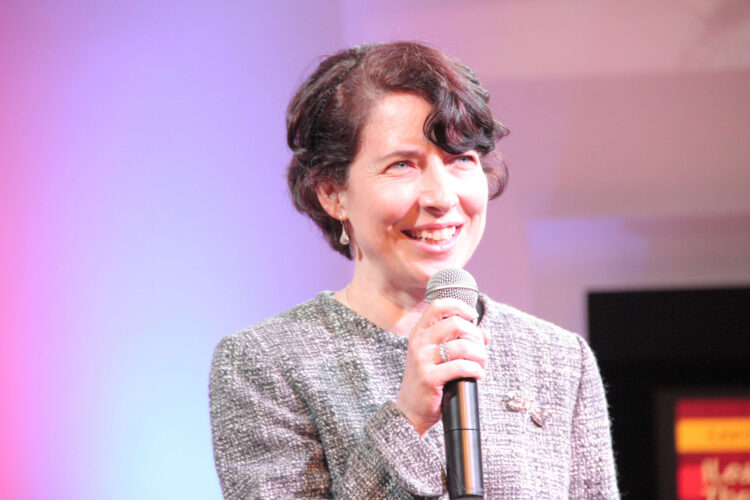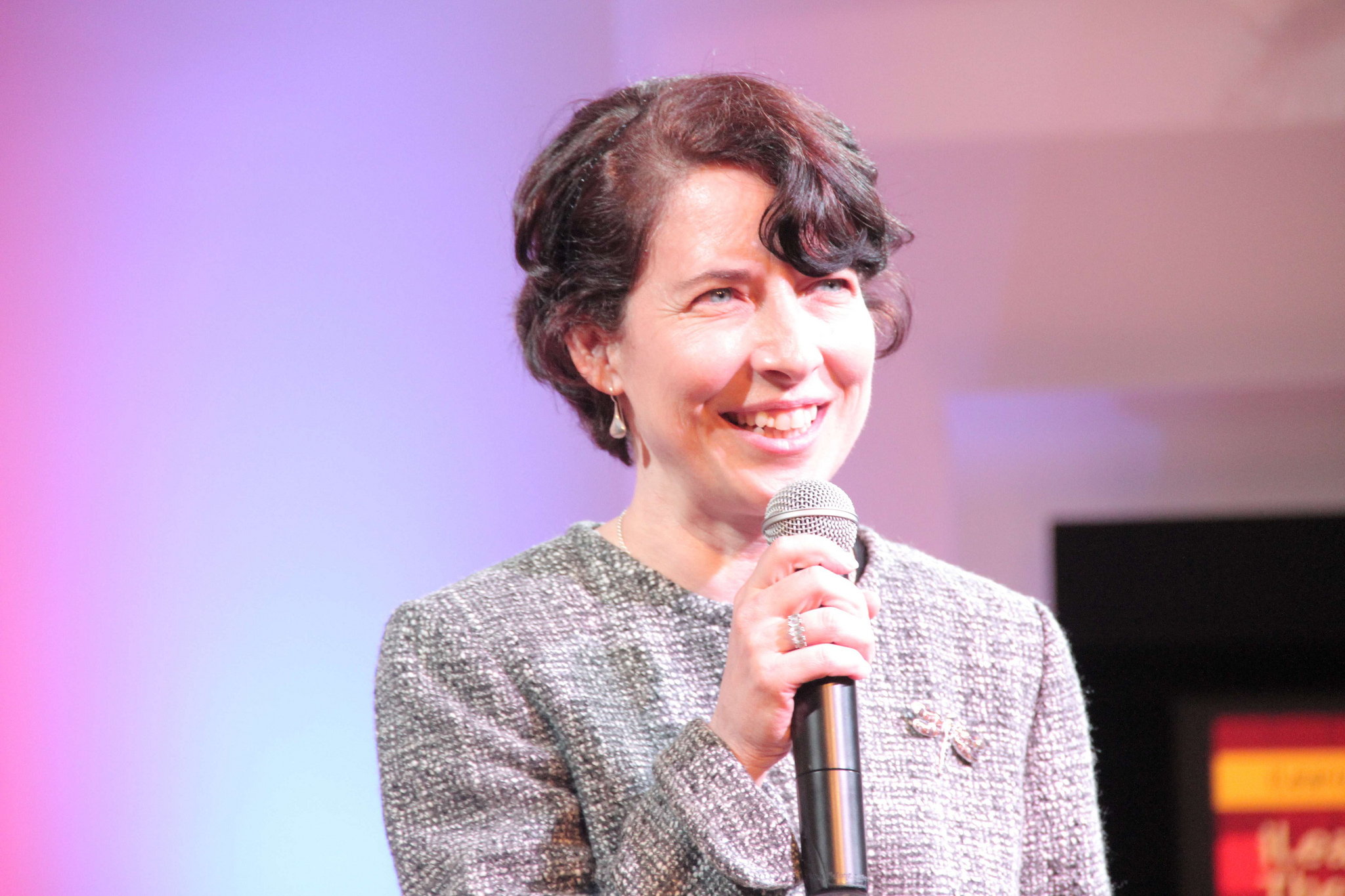When pitching to investors, entrepreneurs always seem to start with a customer pitch, then add a slide or two about the business. In reality, they need a separate pitch about the business, carrying over only a slide or two about the solution. Remember, investors are buying into the business, not the product. Investors are business experts, while the entrepreneur is more likely the product expert.
In every case, the relevant pitch needs to start by highlighting a real customer problem, then outlining a new solution, with all the features and disruptive technology. One of the most common red flags I hear from my fellow investors, and even customers is that they hear yet another “solution looking for a problem.” These don’t get funded, nor are they bought by customers.
Beyond the common starting point, the why and how of the business are more important to investors than the what. Attracting business investors is as tough as attracting customers, but it is a different challenge. Investors have business motives, so using customer motivations to attract investors won’t work. Here are the motivation elements that investors expect to hear:
- Size and growth potential of the market opportunity. Your customers don’t care if you target billion-dollar market and grow at double-digit rates, but investors will skip small or shrinking opportunities. Large and growing markets imply high growth potential, meaning good odds of scaling and success.
- How the solution and business model work to fund the business. Every customer understands that your solution must generate more revenue than cost, but you should not put this data in a customer pitch. Investors will impatiently expect a winning business model, customer segment definitions and volume projections.
- Competitor positioning and sustainable competitive advantage. How you intend to beat specific competitors (business model, intellectual property) is key criteria for investors. Your solution may be a technological marvel, but if it is vulnerable to competitors, potential investors will likely walk away. “First to market” is not sustainable by a startup.
- Startup team strengths and domain experience. Customers may be attracted to your marketing message, but investors look harder at the startup team and seek expertise in the key areas of growth, product domain, finances, marketing and sales. In my experience, the team’s credentials are more important than the product.
- Specific elements of your marketing and sales plans. While these aspects should never be in a customer pitch, investors expect an overall strategy with specific budgets, milestones and metrics. Partnerships, distribution channels and pricing models should be included. “If we build it they will come” is not a marketing and sales strategy.
- Projected revenue and expenses over a strategic period. Typically, investors want to see five-year financial projections to confirm your commitment and understanding of the business’ potential. This allows them to calculate burn rates and break-even points and eventually forecast the company’s valuation.
- Immediate investment requirements and use of funds. No investor pitch should end without asking for a specific amount of money, providing some detail on how that money will be used and what equity you are offering in return. Investors are also interested in future investment requirements, time frames and long-term strategies.
- Potential investor return calculation and exit strategy. Startup investments are extremely risky, primarily because a stock has no value until a future liquidity event, such as an acquisition or public offering. The entrepreneur needs to show a strategy and a projected value and return to the investor.
Putting together a good investor pitch is hard work. It requires the same level of understanding of your business that you probably have already put into developing your product or service, in just months. A great product can’t exist without a business, just like a great business can’t exist without a product. A great entrepreneur has both, with the ability to tell the difference.
Image Credit: CC by U.S. Embassy, Jakarta




